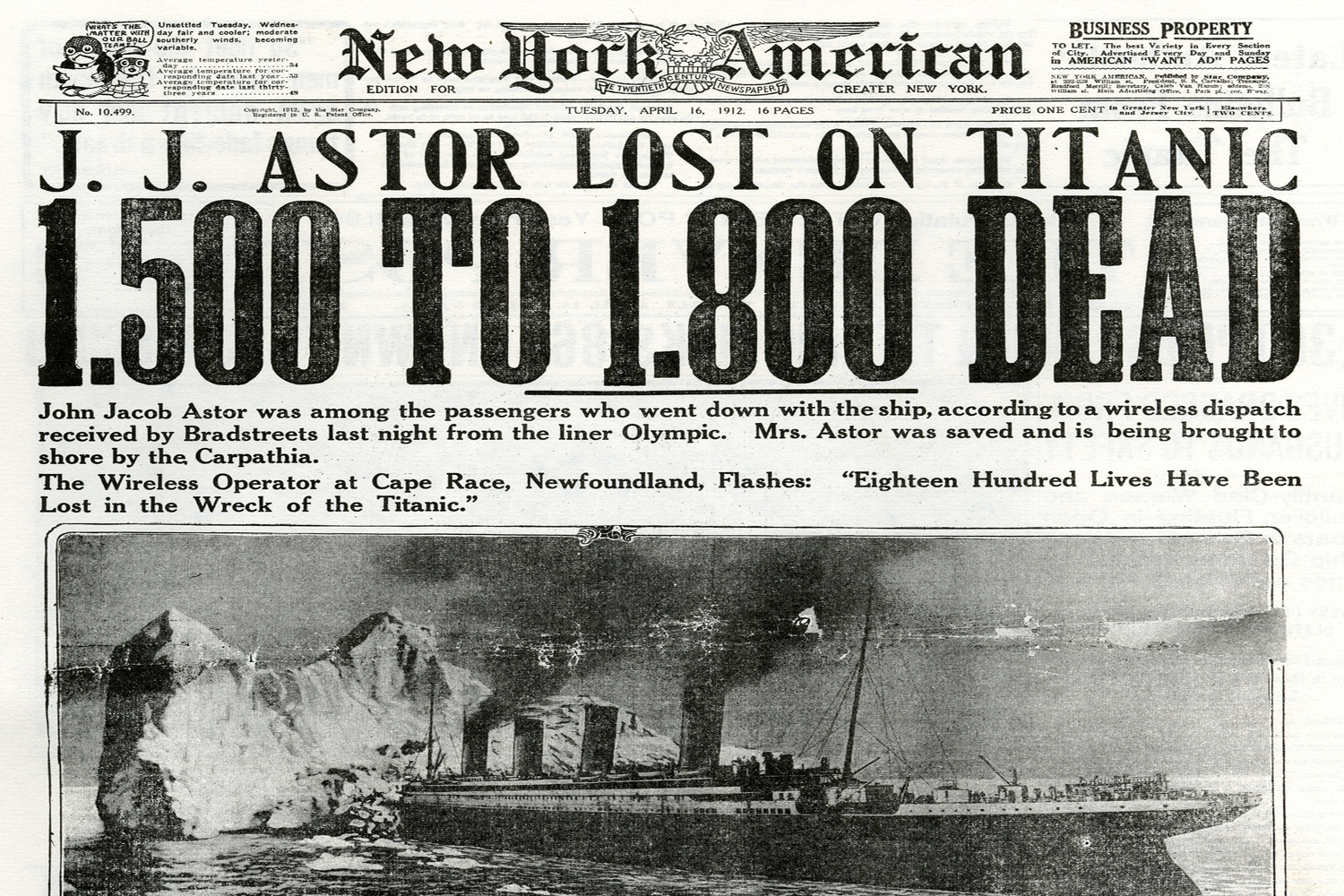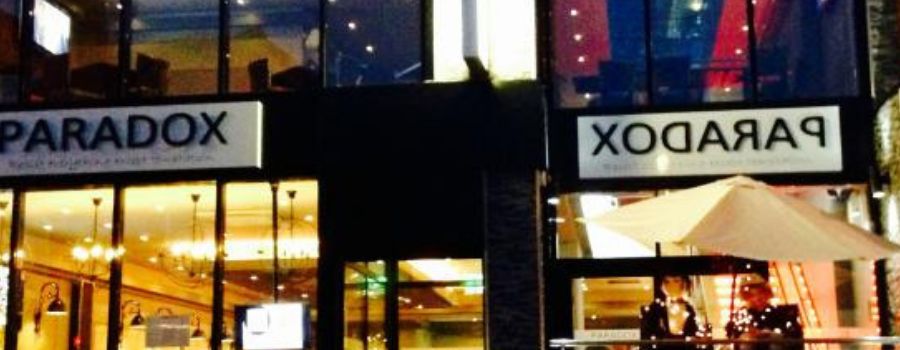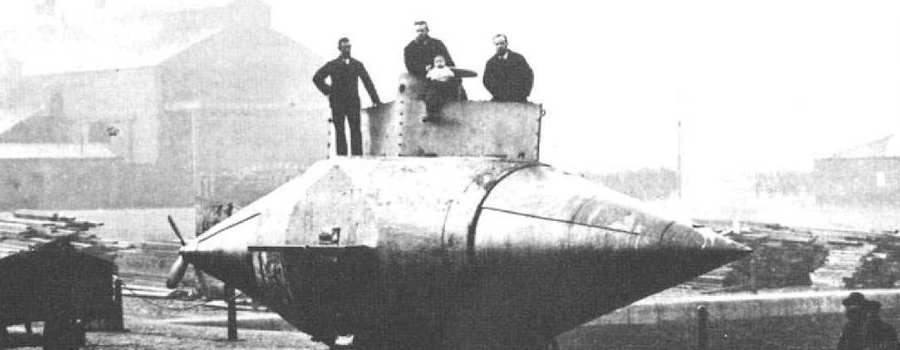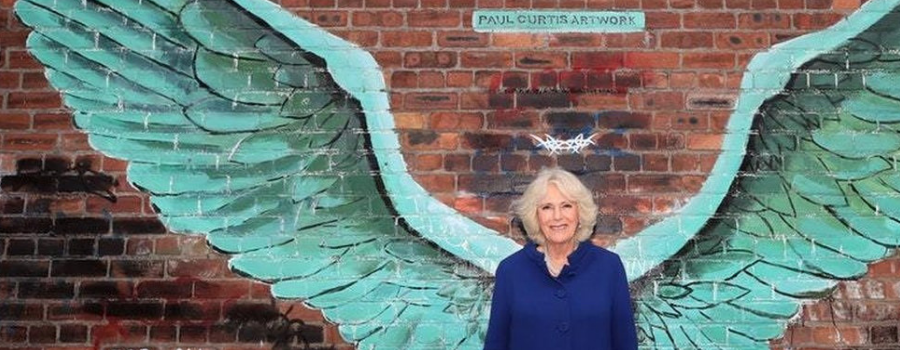[dropcap type=”circle”]O[/dropcap]ne hundred and four years ago, just before midnight on April 14 1912, the RMS Titanic, in the middle of the Atlantic and on her maiden voyage, hit an iceberg and sank within three hours. Of around 2,200 people on board only 700 were saved.
Titanic was built in Belfast and sailed from Southampton, picking up some extra passengers at Cherbourg and Cork before setting course for New York. She was owned by a Liverpool shipping company, White Star Line, and the Managing Director was Joseph Bruce Ismay who lived in Thurstaston.
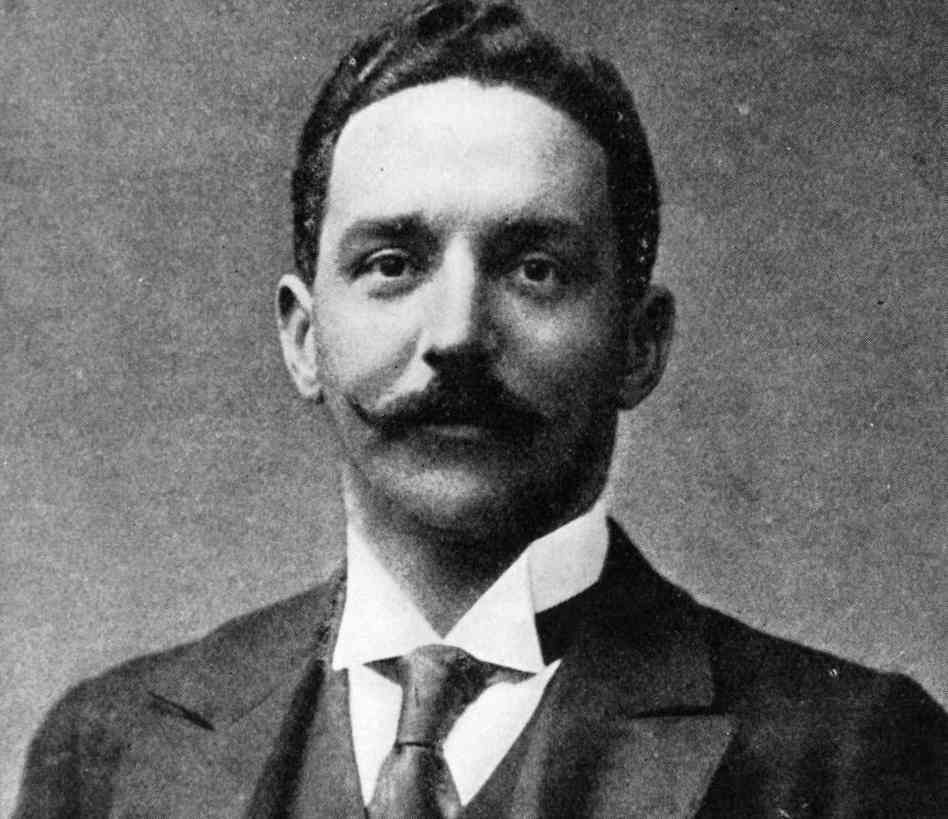
The Ismay family had been in shipping for two generations. Joseph’s grandfather had founded a business called Ismay, Imrie and Co., and his father, Thomas Ismay, established White Star. Bruce Ismay took over as Chairman on his father’s death in 1899.
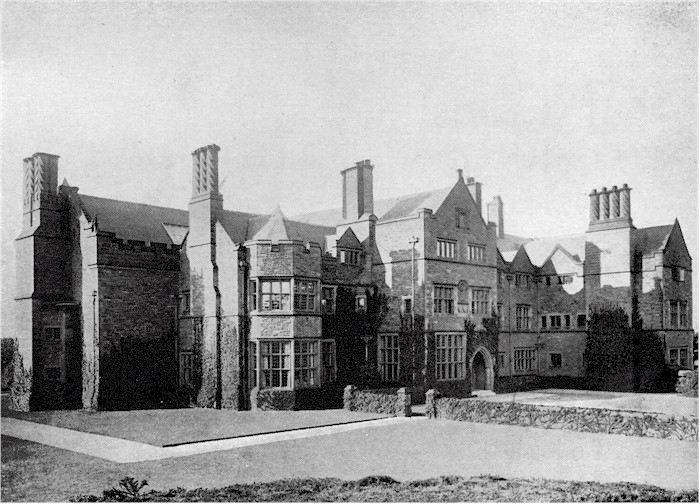
In life Thomas Ismay had a profound effect on the local landscape. Having grown up in Crosby he moved in the 1860s to Thurstaston and had a large mansion called Dawpool built in lower Thurstaston village. As the local landowner he decided he wanted an uninterrupted view of the Dee estuary and the Welsh hills and simply used his influence to have the main Hoylake to Chester road – now known as the A540 – diverted.
The scheme created the Thurstaston cutting and took the road via the ‘Heswall bends’ along the top of the West Wirral ridge instead of much nearer the shore and through the original village of lower Heswall. This is why Heswall came to be developed on top of the hill rather than on the riverside.

In 1902 J. Bruce Ismay sold White Star to the fabulously wealthy American railroad owner, J P Morgan. With the extra financial backing, Ismay set out to expand White Star to try to compete with Cunard, Britain’s leading passenger ship operator. He commissioned the building of three new super liners to ply the North Atlantic route. Titanic was the second of these ships to see service.
The Titanic disaster became a personal tragedy for J. Bruce Ismay. He was on the maiden voyage of the ship but did not perish. Instead he fled in one of the all too few lifeboats and was criticised for not staying behind and going down with his ship, as did the Captain, Edward Smith. Ismay was described as “the coward of the Titanic” and “J. Brute Ismay”. He became a pariah even though he tried to make amends by giving generously to charity throughout the rest of his life.
Dawpool was demolished in 1927. J. Bruce Ismay died in London ten years later.


